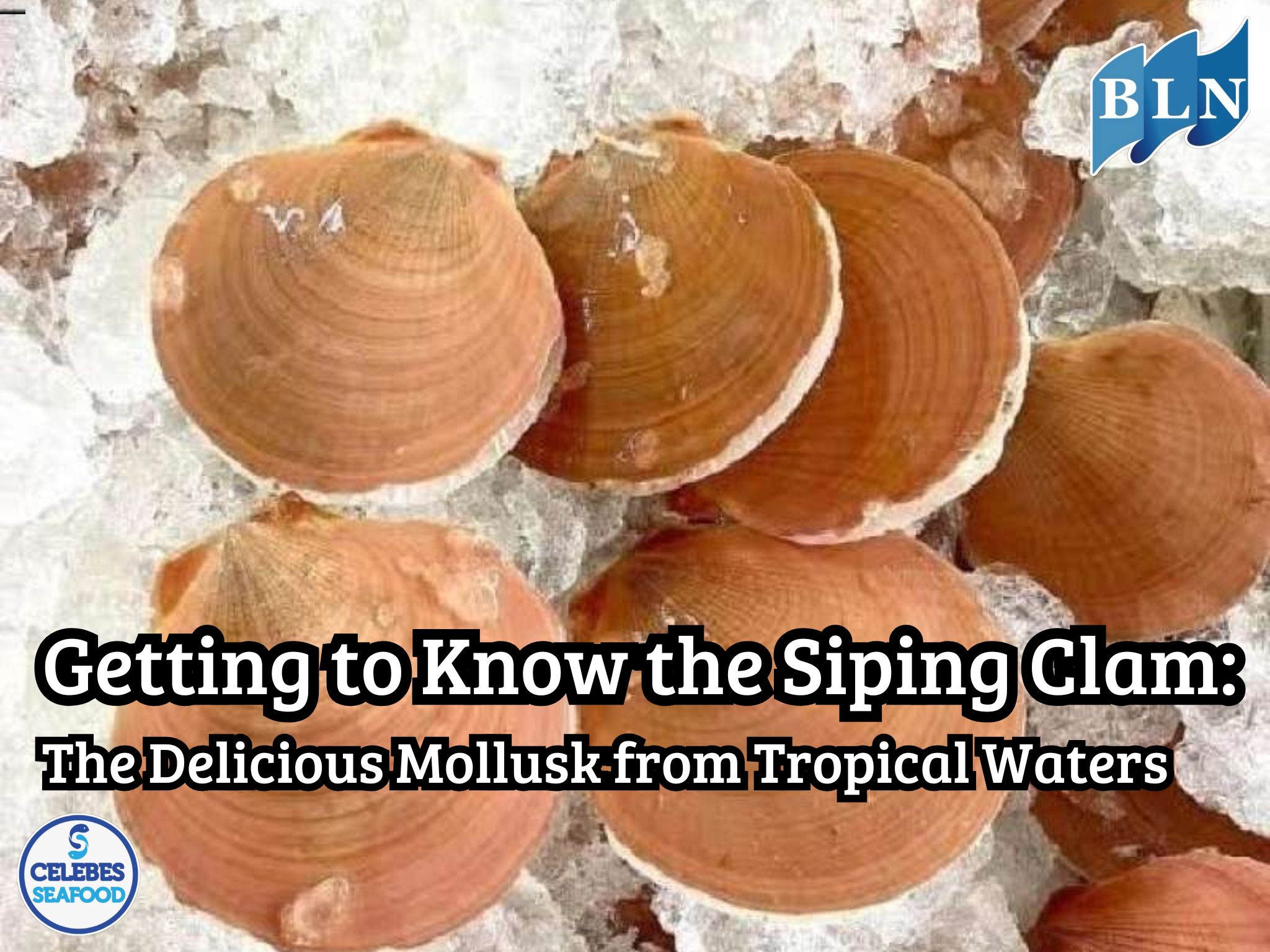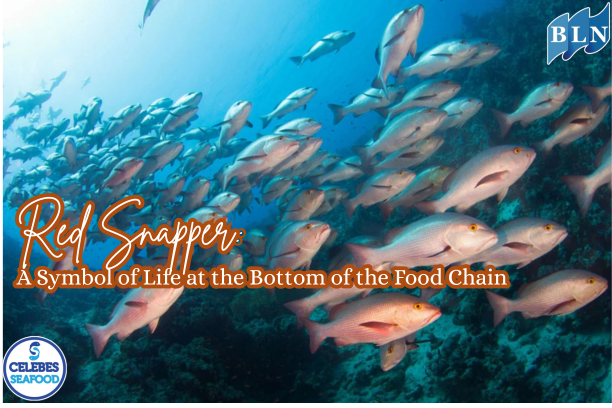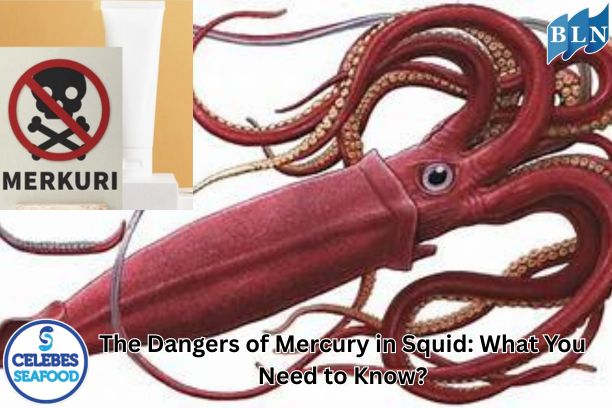Getting to Know the Siping Clam: The Delicious Mollusk from Tropical Waters
By. Rani - 23 Jun 2025
lautnusantara.com The siping clam (Placuna placenta) is a type of bivalve mollusk that might not be as popular as other clams, but it holds a unique appeal, both visually and in taste. Also known as the windowpane oyster due to its flat, translucent shell resembling a window panel, this mollusk is commonly found in warm waters, especially in tropical regions like Indonesia.
Distinctive Features and Habitat
One of the most striking characteristics of the siping clam is its very flat, almost circular shell, with an outer surface that tends to be rough and grayish. The inside often shimmers like a pearl. These clams live attached to soft substrates such as mud or sand on shallow to moderate seabeds. In Indonesia, siping clams are frequently found in waters like the coasts of Sulawesi, Java, and several areas in Kalimantan.
Read to : Types of Fish Fins and Their Functions in Movement
Tempting Culinary Potential
Despite its unique shell, the siping clam's main attraction for many is its delicious meat. Siping meat has a chewy yet tender texture with a distinct natural sweetness, making it a favorite ingredient in various dishes. It can be prepared stir-fried, in soups, deep-fried, grilled, or even eaten raw as sashimi for fresh seafood enthusiasts. Its popularity continues to grow among marine culinary enthusiasts, especially in its producing regions.
Benefits and Other Potentials
Beyond its culinary appeal, the siping clam also holds economic and ecological value. Its unique shell is often used in the handicraft industry as a raw material for making decorative lamps, ornaments, or jewelry due to its transparency and ease of shaping. Nutritionally, siping clams contain protein, minerals, and omega-3 fatty acids, which are beneficial for health. The potential for siping clam aquaculture is also continuously being researched to meet market demand and support the sustainability of marine resources.
With all its uniqueness and deliciousness, the siping clam deserves more attention as one of Indonesia's marine treasures. This mollusk not only offers a different culinary experience but also holds great potential for the local economy and marine environmental preservation.
If you are interested in our Goldband Snapper Fillet Skin On, Goldband Snapper Fillet Skinless please do not hesitate to contact us through email and/or whatsapp.








